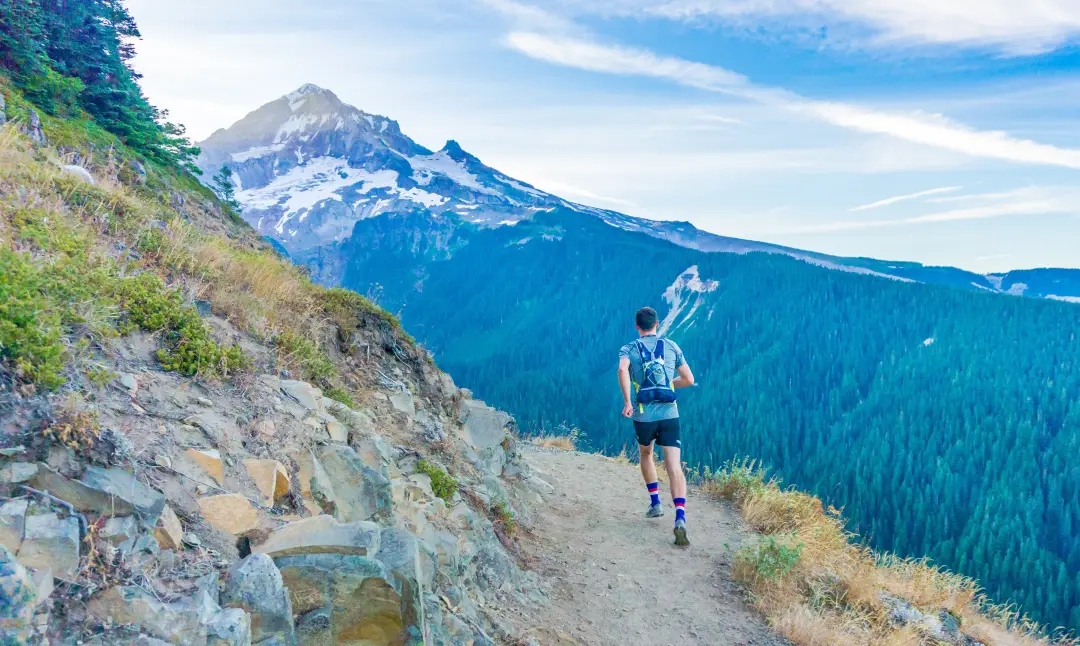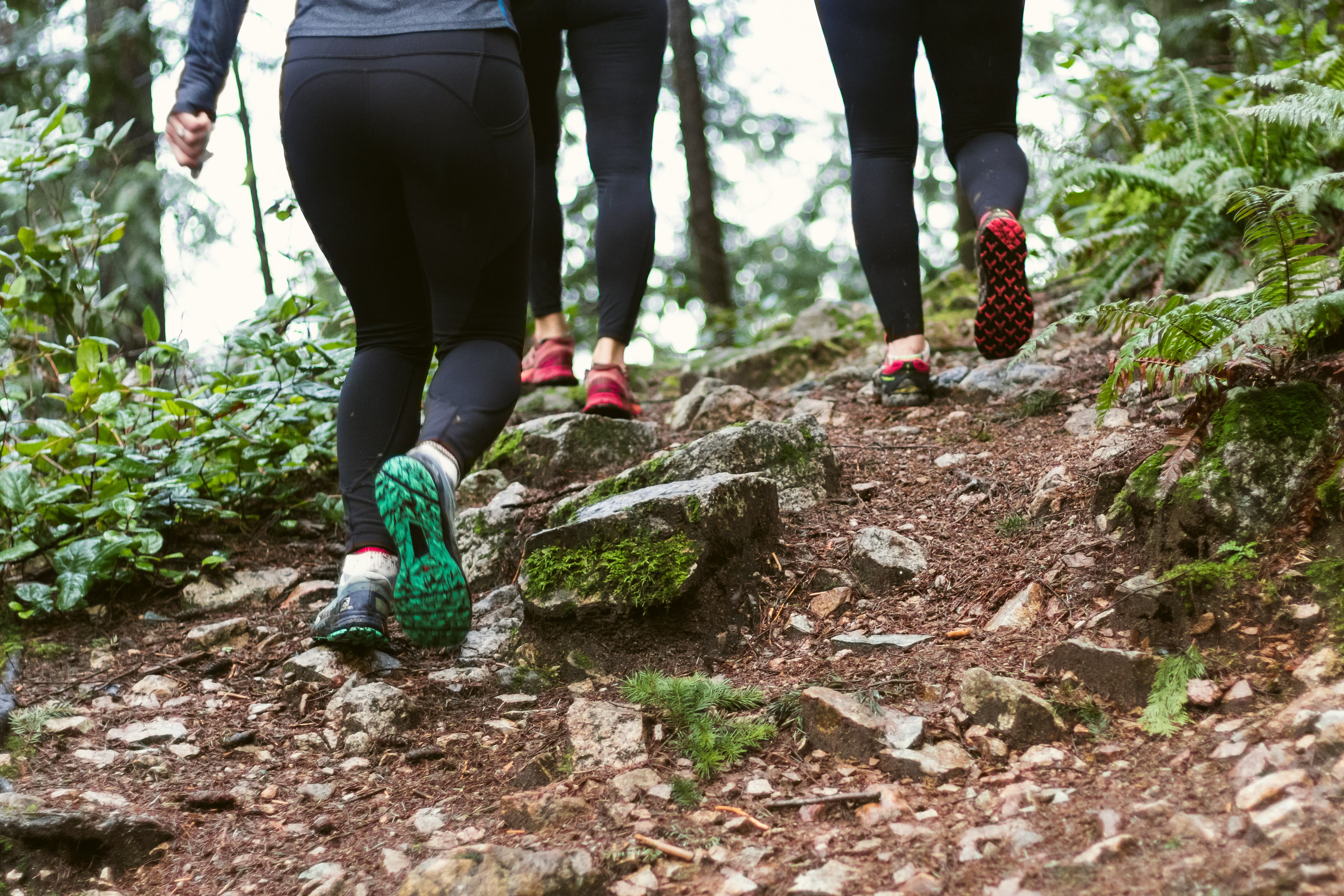How to choose trail running shoes
Here are some key features to look out for when selecting your next pair of trail-running shoes

As opposed to flat, hard road running where your go-to trainer will be best suited, for trail running you’re going to need different shoes.
But what to look for in a trail running shoe can seem like a bit of a minefield. That’s why it’s essential to pick a trail shoe that suits the conditions you normally run in and that’s optimised for the terrain you frequent.
How to choose the right shoes for trail running
Consider whether your local trails are often soft and muddy or more hard-packed, as this will affect the length of the lugs (grip) you’ll need for stabilisation on the go.
If your chosen trails are full of rocks or roots, you’ll want to consider some extra protection along the toes in the form of an overlay or bumper.
Lastly, remember that all feet are different and will need different amounts of cushioning and arch support, so get to know the geometry of your own feet and what construction works best for them.
Here’s more from coach Andy Blow on the key features you need to be aware about to make sure your trail-running shoes make a difference to your off-road adventures…
1. Grip

Choosing the right off-road shoe means getting the correct level of grip for the conditions.
If you’re going to be running on dry, hard-packed trails, you probably only need a moderate level of grip (and may even get away with using a road shoe in some instances).
But if the ground’s likely to be very wet, muddy or steep, you’ll want a far more aggressive outsole offered by fell-running shoes or mud-specific studded versions.
2. Drop
Then, it’s a matter of the ‘drop’ – or ride height – of the shoe. ‘Drop’ refers to the difference in height between the heel and toe.
A bigger drop indicates a more padded shoe (more like a traditional road shoe), while zero drop aims to promote a ‘barefoot’ and low-profile running style.
The supposed advantage of a smaller drop is balance and stability, as well as increasing feel for the terrain while reducing the likelihood of turning an ankle as you’re lower to the ground.
While opting for a larger drop can support the arches of the foot for those that need an extra bit of support, or can help correct gait discrepancies like overpronation.
3. Cushioning
What’s most important is finding a shoe that suits your style and needs, as you would with a road shoe.
So if you tend to run in a very well-cushioned road shoe, don’t jump straight into a zero-drop, minimalist shoe; it’s unlikely your mechanics will be well-adapted to them and you may suffer calf or Achilles injuries.
If, though, you routinely run in racing flats or minimalist road shoes, it may be worth going for a similarly low-profile off-road shoe and see how you get on.
4. Toe protection
If you’re running on very rocky terrain where you can easily stub your toe, looking for a shoe with good toe-box protection or a thick toe overlay is vital – it’s amazing just how easy it is to trip yourself up when running on rough ground with tired legs.
Top image credit: Brian Erickson/Unsplash





